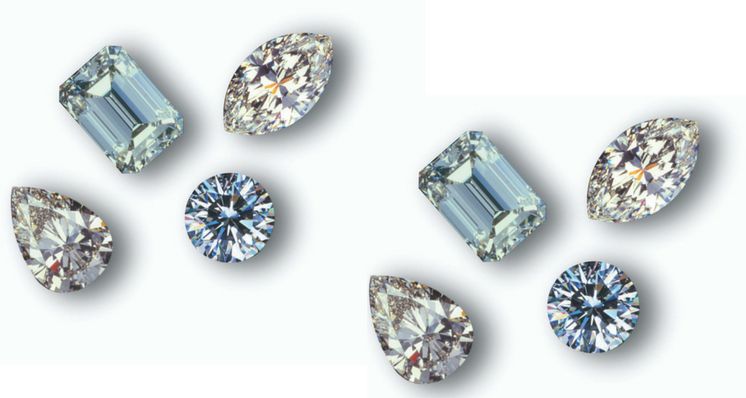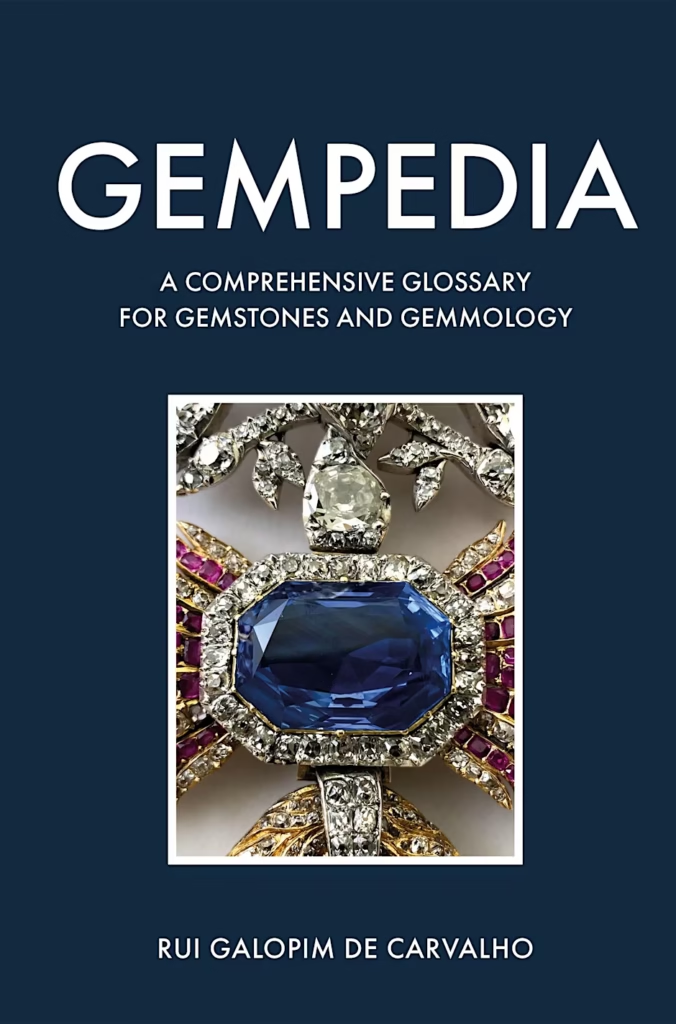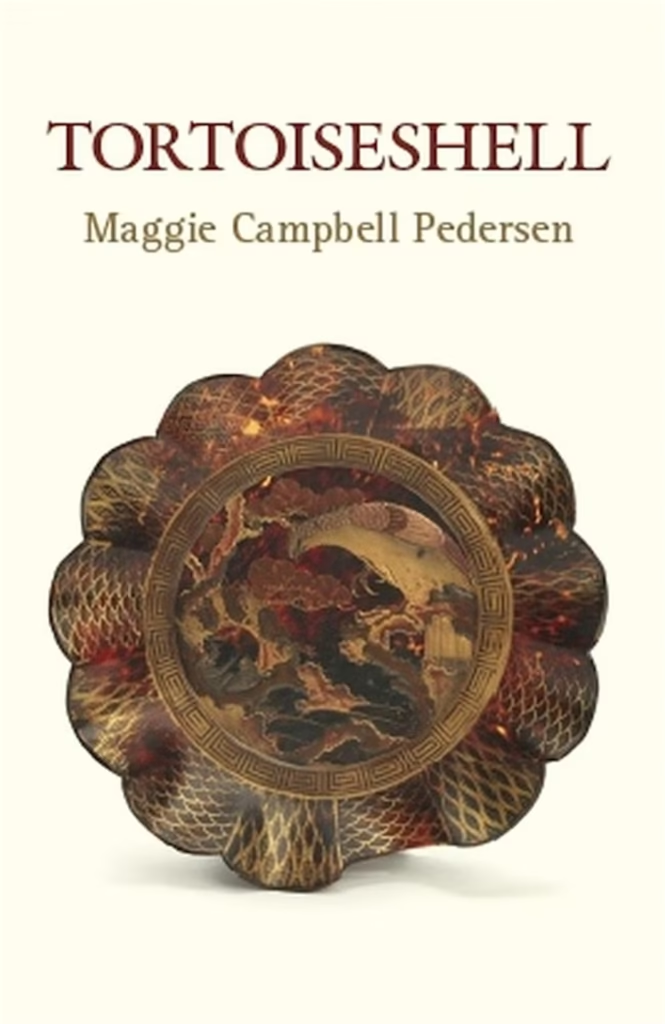
Nine leading diamond and jewellery industry organisations, including CIBJO, the World Federation of Diamond Bourses (WFDB) and the Diamond Producers Association (DPA) have released a jointly developed ‘Diamond Terminology Guideline’ to foster clarity when referring to diamonds and synthetic diamonds.
The organisations (AWDC, CIBJO, DPA, GJEPC, IDI, IDMA, USJC, WDC and WFDB) believe this clear and accessible terminology, based on the ISO 18323 Standard and the CIBJO Diamond Blue Book, will aid other organisations, diamond traders and retailers when communicating with their clients and the end customer.
While not legally binding, the Diamond Terminology Guideline is designed to serve as the reference document when referring to or describing diamonds, synthetic diamonds and imitations of diamonds.
“Protecting consumer confidence is of paramount importance to the long-term success of our industry,” said CIBJO President Gaetano Cavalieri. “The Diamond Terminology Guideline is an important tool in achieving this, by helping standardise the terminology used to clearly distinguish between diamonds and synthetic diamonds, in all communications, among ourselves and with our customers.”
Cavalieri continues: “The Diamond Terminology Guideline is an important complement to the CIBJO Blue Book, with which it is fully consistent. It provides for easy and simple reference and will be distributed broadly within the industry. The accessible language, the succinct format and the broad support from leading industry organisations is intended to stimulate widespread implementation within trade and at the retail level.”
A summary of the new guidelines can be found below:
DEFINITIONS
• A diamond is a mineral created by nature; a ‘diamond’ always means a natural diamond.
• A synthetic diamond is an artificial product that has essentially the same physical characteristics as a diamond.
• An imitation diamond, also named a diamond simulant, is an artificial product that imitates the appearance of diamonds without having their chemical composition, physical properties or structure.
• A gemstone is a mineral of natural origin that is used in jewellery for reasons of combined beauty, rareness and intrinsic value.
TERMINOLOGY
When referring to synthetic diamonds:
• Use one of the following authorised qualifiers when referring to synthetic diamonds: ‘synthetic’, ‘laboratory-grown’ or ‘laboratory-created’.
• Do not use abbreviations such as ‘lab-grown’ and ‘lab-created’.
• Do not use the following terms: ‘cultured diamonds’ and ‘cultivated diamonds’ as ‘cultured’ and ‘cultivated’ refer exclusively to organic /biogenic products.
• Do not use the following terms: ‘real’, ‘genuine’, ‘precious’, ‘authentic’ and ‘natural’ as those apply exclusively to natural minerals and gemstones.
RECOMMENDATION
• A diamond is natural by definition. Therefore, use the word ‘diamond’ without a qualifier when referring to a diamond.
• If differentiation from synthetic diamonds is required, use the term ‘natural diamonds’ as term of equivalent meaning.
• Do not use the following confusing expressions: ‘natural treated diamonds’ and ‘treated natural diamonds’. Instead, simply use ‘treated diamonds’.
What are your thoughts on the new guidelines? Share your ideas or insights via editor@gem-a.com.
Interested in finding out more about diamonds? Sign-up to one of Gem-A’s courses or workshops.
If you would like to subscribe to Gems&Jewellery and The Journal of Gemmology please visit Membership.
Cover image:
{module Blog Articles Widget}


